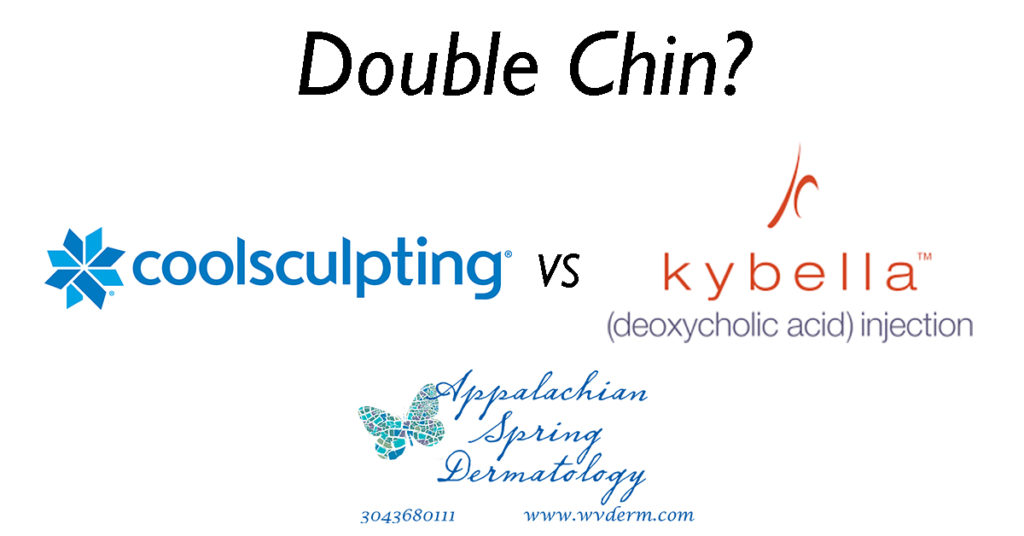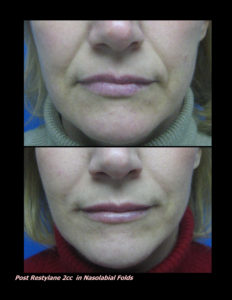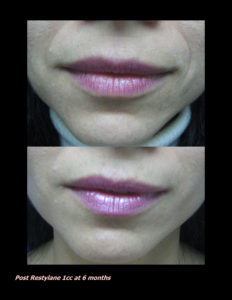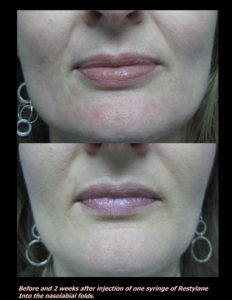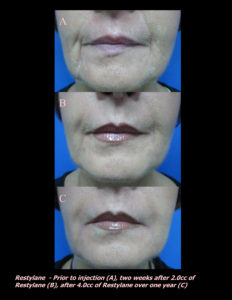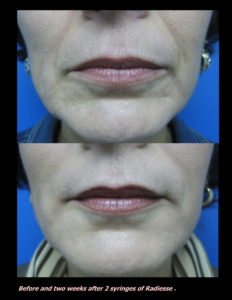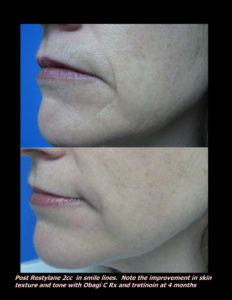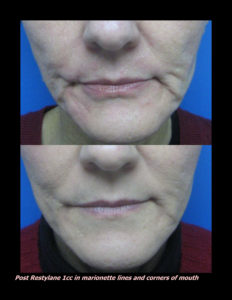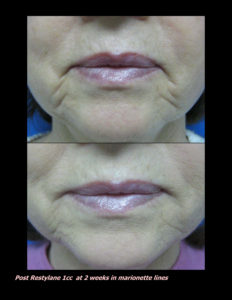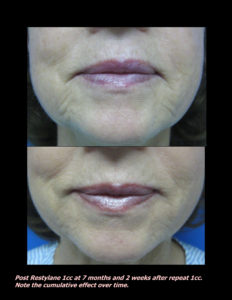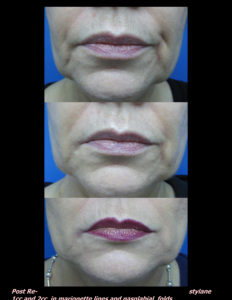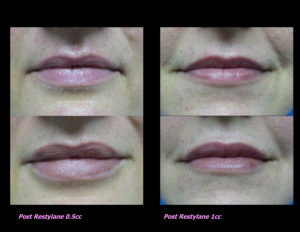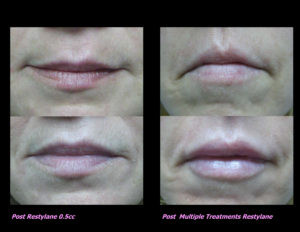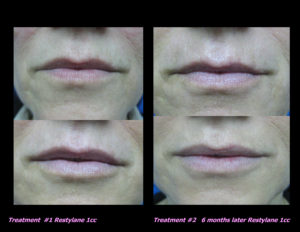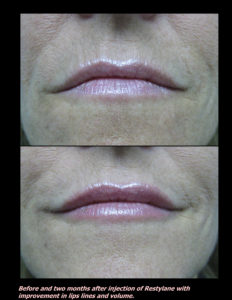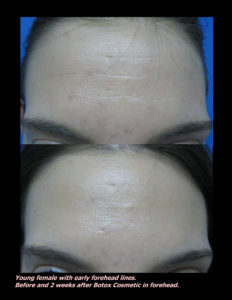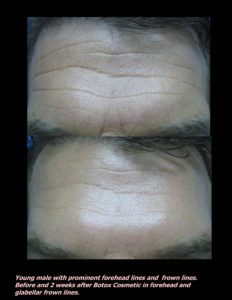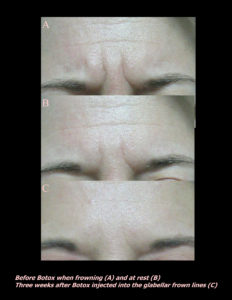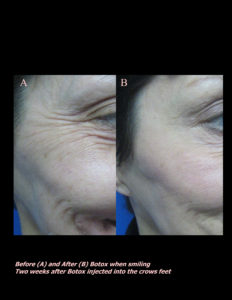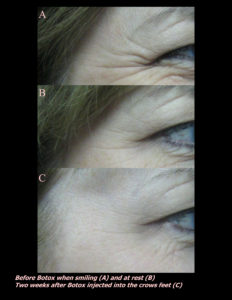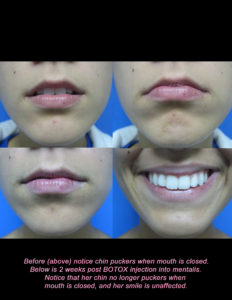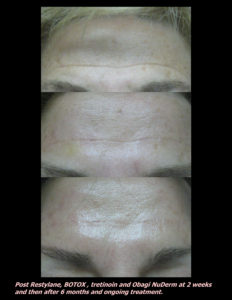It’s Not Too Late to Be Smooth This Summer
Summer is here, and it’s time to start removing hair again. Ladies legs and armpits have been a little neglected over the winter, and men take a close look at their chest and back. If you are tired of being so tied to the shaving regime, consider laser treatments as a way to get and stay smooth. We will also review other hair removals in upcoming weeks’ posts, but let’s start with laser hair removal or reduction.
What is a LASER?
A laser is a medical device that uses a focused beam of light to target specific structures in the skin. By definition, a laser has a single wavelength of light. The wavelength we use is a 1064nm NdYag laser – called the Cutera Xeo Cool Glide.
How does Laser Hair Removal Work?
In laser hair removal, the laser light targets the pigment in the hair. In the skin, hairs are generated by and sit in hair follicles. The interaction between the laser and the pigment in the hair generates energy in the hair, best described as heat. This energy is transferred from the hair to the hair follicle. By damaging the hair follicle, we prevent that hair follicle from generating new hairs in the future. Over a few weeks after the laser treatment, the old hair is pushed out of the hair follicle. Once the old hair falls out, no new one grows back. Because the laser targets the actual hair, the hairs need to be present for the laser to work. You can shave prior to treatment, but we recommend no waxing or plucking for at least six weeks before treatment. Sounds great! What’s the catch? Because the laser works by targeting the pigment in the hair, it is most effective on thick, dark hair. It does not work on blond, gray, or white hair. The laser simply has no target if there is no pigment. Fine blond hairs that normally occur on the skin also will not respond.
Why does it take multiple treatments?
All hairs on the body progress through three major stages of growth: Anagen, catagen, and telogen. The anagen phase is the active growing phase, catagen is a short transition phase, and telogen is the resting phase. Only the anagen, actively growing hairs, are anchored well enough to the hair follicle to allow effective transfer of the laser energy. Therefore, the laser is only effective on the anagen hairs. This is why it takes multiple treatments. Treatments are scheduled 6-10 weeks apart, enough time to allow a new group of anagen hairs to grow. Each area can require six treatments to effectively remove the hair in a given area.
Is it really permanent?
Yes, but treatment results may vary among patients. The FDA approves the Xeo Cutera 1064 NdYag Cool Glide Laser ® for Permanent Hair Reduction. The FDA defines permanent hair reduction as the long term, stable reduction in the number of hairs re-growing after a treatment regimen. In clinical studies, patients were followed for one year after completing two treatments. The reduction in hair growth proved to be stable for that period of time. However, this is new technology, and we have less than 15 years of long term data, so we can’t say 100% that the results will last forever. However, this does appear to be the case.
We’d be happy to have you in the office this summer to start your laser hair removal treatments. Carissa does most of the procedures under the supervision of Dr. Rosenberger. Please, let us know if you have questions!
If you know someone who may find this article helpful, please share it with them! Follow us on social media this week, and subscribe to our growing YouTube channel!
If you would like to receive these posts in your email inbox, Subscribe to our Site.
|




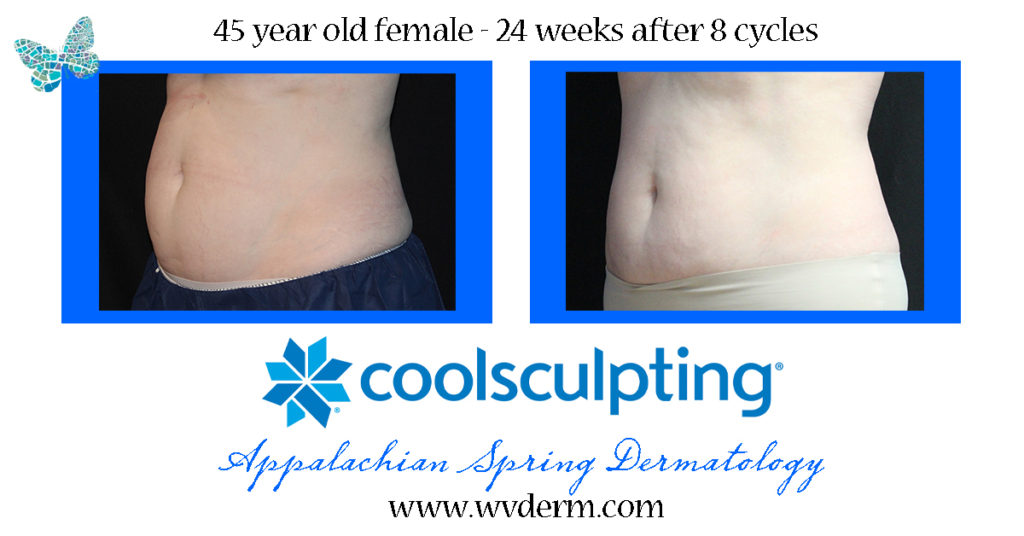
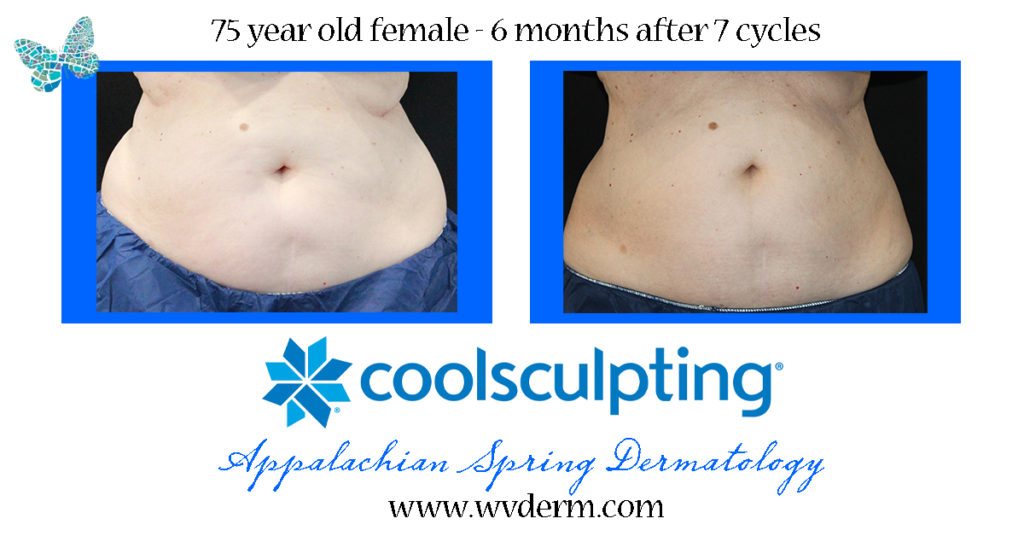

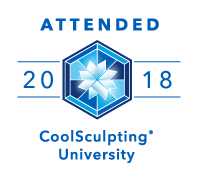
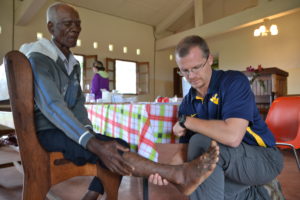




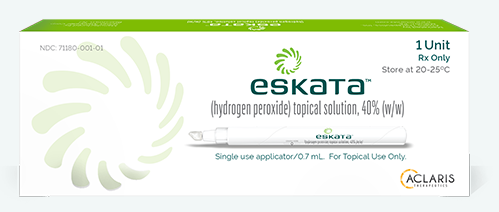

 Laser Vein Reduction Treatments
Laser Vein Reduction Treatments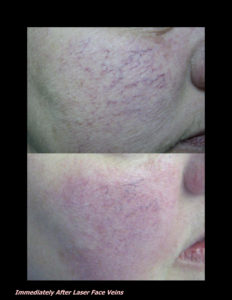
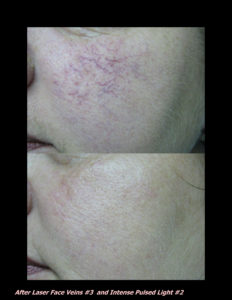
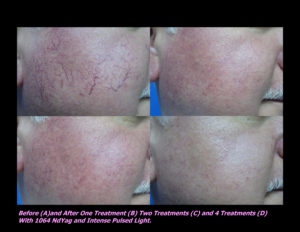
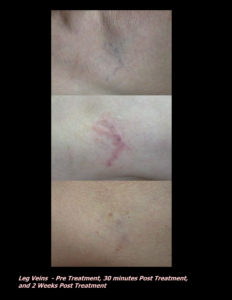
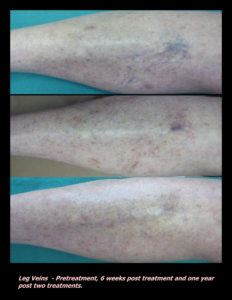
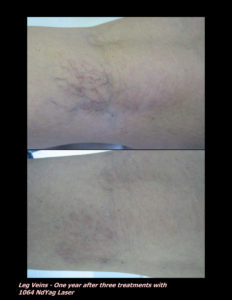
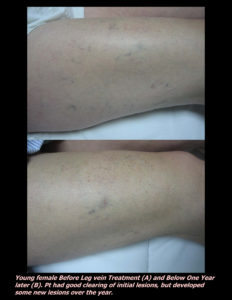
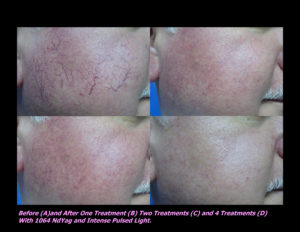
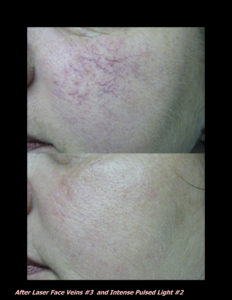
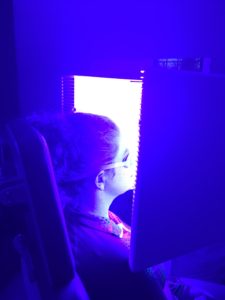
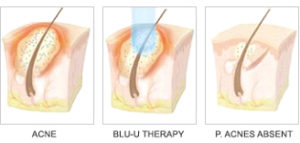
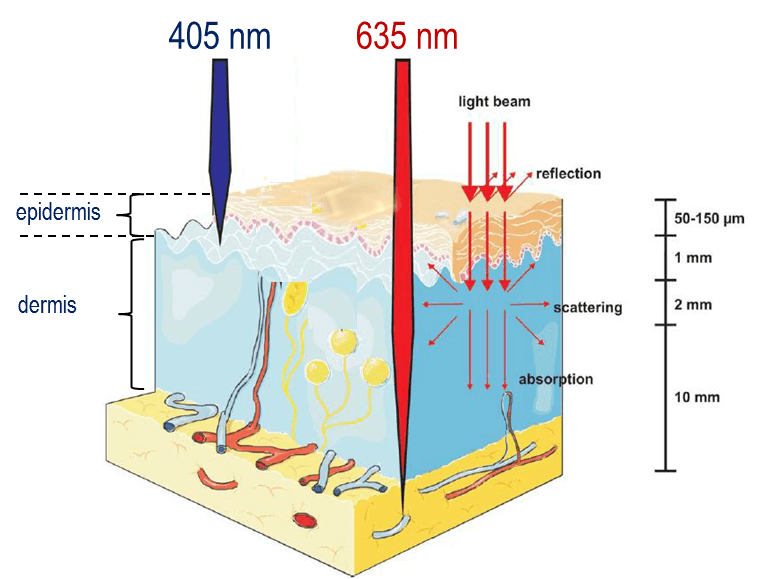
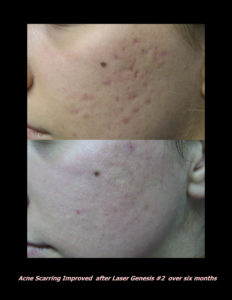
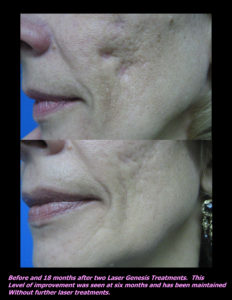


 DP Dermaceutical Products
DP Dermaceutical Products